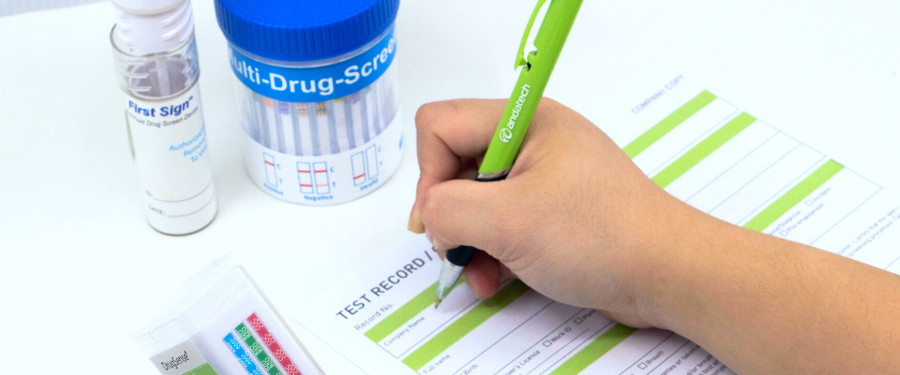Drug testing in Australia is typically performed to determine whether or not the subject has consumed any drugs and if so, it will indicate the type of drug used.
With drug testing become a common practice in many industries, having competent comprehension of how long certain drugs and alcohol remain in one’s system will help in understanding the accuracy of certain tests.
Drug testing in Australia
Suppose you’re going to be subject to a drug test in Australia. In that case, it’s important to understand the different types of drug tests, why you are being tested and the possibility of false positives.
Type of drug test
The most common drug tests done in Australian workplaces are urine drug tests and saliva drug tests. However, different organisations may administer different tests depending on the purpose of testing. Other methods of testing include hair specimens and blood tests.
Your rights
It is permitted under law for employers to conduct workplace drug testing and many employers integrate mandatory tests as part of their drug and alcohol policy. However, workplace testing must outline why testing occurs, when it can occur, who will be conducting the tests, the consequences of a positive test and more.
False positives
Some drug tests may have technical or human errors that might lead to false positive results. If you feel that you are the subject of a false positive, you may contest the drug test with your employer or seek free legal advice.
Do also note that drug testing in Australia will detect both illegal drugs such as cocaine and methamphetamine but will also detect legal drugs such as prescription medication.
Factors affecting drug detection
Every drug, including alcohol, has differing periods of detection which depends on several different variables. Apart from the variables relating to the drug in question and its use, it’s essential to know that drug testing can be administered by analysing samples of urine, blood, saliva and even hair. Do note that there is no one method of testing that is more accurate than the next.
Apart from the method of testing, some other factors that affect drug testing include
The type of drug
Different drugs have different detection windows and may not be directly linked to how potent the drug is. For example, marijuana or cannabis has a longer detection window compared to methamphetamine or cocaine.
Route of administration
How the drug was consumed will also play a role in its detection window. Drugs consumed orally typically have longer detection windows compared to drugs that were inhaled. This is because when consumed orally, the substance must first be absorbed into the bloodstream through the digestive system which may take time. Additionally, when consumed orally, it may take longer to metabolise leading to a longer detection window.
Dosage and frequency of use
Typically, a higher dosage of a drug can result in a longer detection window. The same can be said about the frequency of use. If a drug is consumed more frequently over long periods of time, drug testing officers may find higher concentrations of drug within the body
Metabolism
This refers to the speed in which a person’s body metabolises the drug. A person with a higher metabolism rate may excrete the drug quicker than others which eventually leads to smaller detection windows.
Body mass and hydration
Individuals with higher body fat percentages may have longer detection windows as drugs can be stored in fat cells while dehydration can cause a drug to be more concentrated in the urine which can potentially lead to longer detection windows.
Different drugs and their typical timeline
With all of the different factors above considered, different drugs will undoubtedly have different detection windows. However, research has shown that traces of a consumed drug can remain in hair specimens for as long as 90 days after last use.
Below is a table of detection windows in two of the most common drug testing methods for select drugs:
| Drug | Oral Specimen | Urine Specimen |
| Amphetamine | 5 – 48 hours | Up to 3 days |
| Methamphetamine | 5 – 48 hours | Up to 3 days |
| Cocaine | 5 – 48 hours | 2 to 4 days |
| Methadone | 5 – 48 hours | Up to 3 days |
| Marijuana | 5 – 48 hours | 14 to 30 days |
| Opiates | 5 – 48 hours | Up to 3 days |
| Benzodiazepines | 5 – 48 hours | 3 days in therapeutic use and up to 6 weeks for chronic users |
As billions of dollars are lost each year as a result of workplace injuries caused by substance use, keeping your workplace free from drugs and alcohol is crucial. If you’re looking to conduct drug tests in your workplace, browse through the DrugSense collection of urine and oral drug test kits or contact us for accurate on-site drug testing conducted by accredited professionals.
In conclusion, if you are going to be drug tested in Australia, it is important to understand the type of test that will be used, your rights and privacy considerations, and the potential for false positive results.





